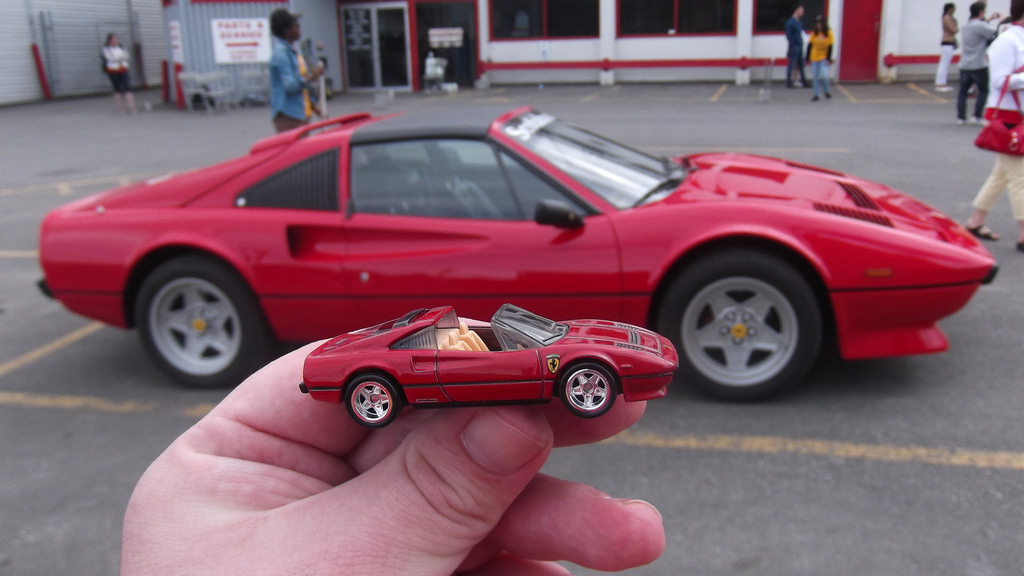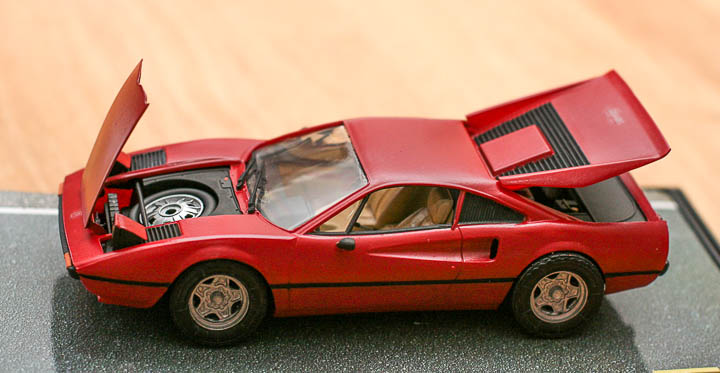Learn From My Mistakes: Tips For Successfully Building a Plastic Model
I remember when I got my first plastic model as a Christmas gift. I could barely sleep, and I woke up early in the morning before everyone else and run straight for the Christmas tree to unwrap my gift. I asked Santa for a plane plastic model, and Santa listened…how cool is that? So there I am with my brand new plastic model in my hands as a little kid with no experience in model building, trying to put together hundreds of little pieces together without reading any instructions, because how hard can it be? Very hard. I completely messed it up in a matter of minutes, and I went from the happiest kid in the world to a sad and disappointed one.
Once my parents woke up and came to see what I was up to, they weren’t happy either. However, luckily, my dad was quite crafty and he somehow managed to salvage the model and repair all the mess I had made. And although it didn’t turn out as it should have, it still looked alright. My point is, I knew I wasn’t going to be anything like my dad when it comes to putting together pieces since a very early age.

So, if you want to avoid spending money on plastic kit models and then ruining them, it’s important to know your skill level, and follow the instructions. The kit I got was an intermediate level kit, which realistically I couldn’t have possibly assembled myself as a clueless kid, which I guess was a mistake on my parents’ part, or maybe my dad wanted to “help” me do it and actually complete it himself – I’ll never know.
Anyhow, if you’re getting into plastic kit models building, then you should definitely consider the level of difficulty of the kits you’re looking at. Then, understand the scales. Models are just smaller versions of the real deal. The scale just implies how many times smaller the model is from the real thing. Most model kits are within the 1/20 and 1/500 scale. Personally, I prefer larger models, simply because I don’t want to deal with a hundred tiny pieces.
Regardless of what you end up choosing, make sure you’re well-prepared before you start. Don’t be dumb like my younger self and go at it with zero prep. There’s nothing worse than having your fun ruined by not having the right toolset to complete the model. You won’t need as many tools for beginner sets, but the more advanced ones may require a file or a sander, quality glue, tweezers, a knife, and maybe even some paint. Lastly, as obvious as it sounds, follow the instructions, if there are any, that come with the box if you want to minimize the chances of screwing the model up.

